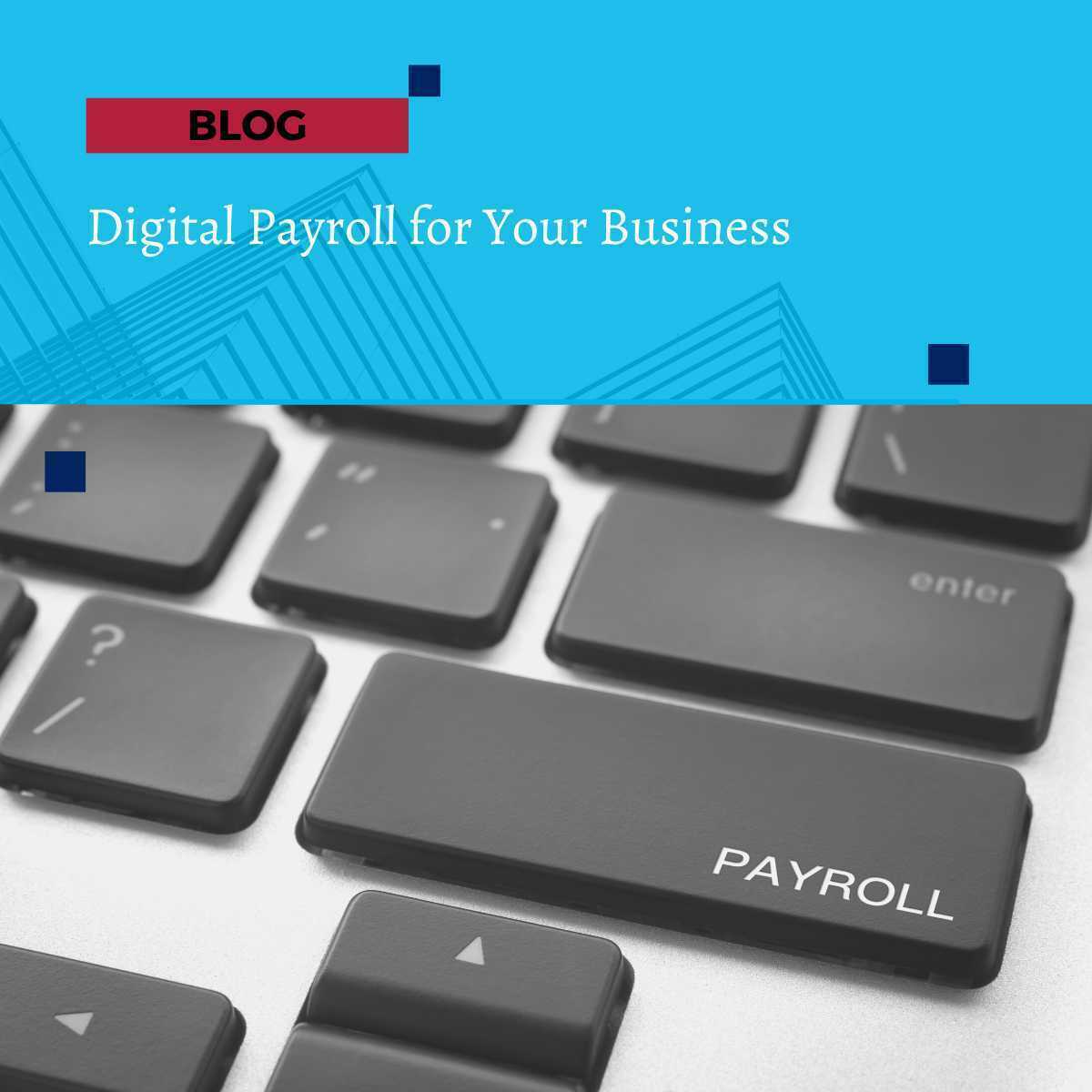Planning a financially stress-free holiday period
Holiday breaks are a chance to recharge for the year ahead, especially after the year we have had.
We look forward to warmer weather and finally setting up an out-of-office email for the break. However, for business owners, this time can be stressful without careful cash-flow planning.
Here are some simple strategies that can help you plan for a financially stress-free holiday period.
The strategies and tips shared below are generalised, however, we are here if you need to budget and prepare a cash-flow forecast.
Decide your Christmas and holiday break dates
Deciding when to take Christmas and holiday breaks is an important decision for businesses.
First, you need to consider your staffing and resourcing needs; how many people will be taking leave over the break period and who will be covering for those employees that take annual leave? Can your business afford to close entirely or run with a smaller team?
Once you have decided on your dates, share them with staff, customers and suppliers. It can provide peace of mind for customers; if they know how long you will be closed they can plan their spending accordingly. This will help ensure that your business runs smoothly during this time and that your customers are taken care of.
Budget and plan for annual leave
One of the most important aspects of budgeting and planning for annual leave is to factor in the pay rates for staff. At Christmas time, in most cases, these rates will be higher than standard hourly rates, so it's important to take this into account when creating your budget. Additionally, you must also take into account statutory public holidays. These days must be accounted for when calculating annual leave entitlements, and they cannot be carried over or swapped for another day.
Another thing to consider when budgeting and planning for employee annual leave is leave loading or long service leave. Staff may be entitled to receive this type of payment, which can add up to a significant amount of money depending on how long an employee has been working for your business.
By using software such as Xero, you can forecast your annual leave accrual and plan ahead. This will help ensure that you have enough money budgeted for staff wages during the holiday season. If you need help with this process, get in touch with us. We can provide you support to make sure that your annual leave planning is as accurate as possible.
Decide leave payments
There are many things to consider when deciding how and when to pay out your employees' leave payments during the Christmas break. For example, you may want to consider their preferences and travel needs, as well as any other financial factors that may impact your decision.
When it comes to making this decision, it is important to keep in mind the needs of both your employees and your business. Ultimately, the choice that works best for everyone will depend on a variety of factors, such as employee preferences, budget constraints, and company policies.
If you are unsure about what to do in this situation, it may be helpful to speak with your staff or consult with an HR professional for guidance. Whatever you decide, it is important to communicate clearly with your team and ensure that everyone feels supported throughout this process.
Overall, there are many things to consider when deciding how and when to pay out your employees' leave payments during the Christmas break. However, by carefully weighing all the different factors involved, you can make a decision that works well for both your employees and your business.
Review your work in progress (WIP)
Plan to complete jobs or services that can be invoiced and paid before Christmas (remember if you don’t invoice and get paid before Christmas, you may not see the money until mid to late January).
- Send out invoices as soon as the job is complete. This will ensure that your clients have the invoice and can make payment in a timely manner.
- If you haven't already, sign up for online invoicing and payments. This will make it easier for your clients to pay you, and they can do it from the comfort of their own homes.
- Follow up with clients who haven't paid yet. A gentle reminder can go a long way in getting those payments in before the holidays.
- If all else fails, consider offering a discount for early payment. This may incentivize your clients to pay sooner rather than later.
Stocktake
Do you need to order in goods now to be able to complete your work in progress? Check that there is stock on hand available. If there is going to be a partial stocktake at the end of this financial year, now could be the time to get some extra stock in to make sure that you can complete orders.
If you are planning a stocktake for your business, it's important to prepare well in advance and make sure that you have all the necessary equipment, staff, and resources to complete the task effectively. This may include getting the help of a third party stocktaking company or enlisting your suppliers or distributors to provide you with any stock data they have on hand.
You should also communicate clearly with your team about what will be involved in the stocktake process and make sure that they are aware of any changes to your usual operations, such as working hours or product handling procedures. By planning ahead and taking the time to prepare for a stocktake, you can ensure that it runs smoothly and gives you the accurate data you need to make informed business decisions.
Capacity planning
It can be difficult to find the time and resources to complete a project before Christmas, but with careful planning, you can ensure that everything is done in plenty of time.
Start by prioritising which tasks need to be completed first, and make sure you have the necessary staff or equipment to get the job done. If possible, try to avoid taking on new projects or clients during this busy period, as your focus and energy will be elsewhere.
At the end of the day, it's important to remember that you can't do everything yourself, so delegate tasks where necessary and ask for help from colleagues or family members if you need it. With a little bit of planning and flexibility, you'll be able to make the most of the festive season and complete all your projects on time.
So if you're looking for a stress-free Christmas, take some time now to plan out your capacity and resources so that you can focus on what really matters this holiday season – spending quality time with friends and family.
Making an arrangement with the Tax Office
If your budget forecast indicates you won't be able to meet your tax obligations, it is possible to apply for an instalment arrangement. There are costs associated with this, however it may provide a solution that gets you through the holiday period. Talk to us, we can help.
Plan for the new year
In addition to the tasks above, having a solid plan for getting your cash-flow back in shape after the break is essential. To help you with this, look at reviewing your forecasts and budgets (including debtors), ensuring you have good management information available, and checking that all your key operational systems are running smoothly.
If you identify that you'll need financial support over Christmas, now is the time to organise short-term financial relief like an arranged overdraft or loan, rather than hoping it will come right. Please let us know if you need any help with cash-flow forecasting, budgeting or finance applications.









